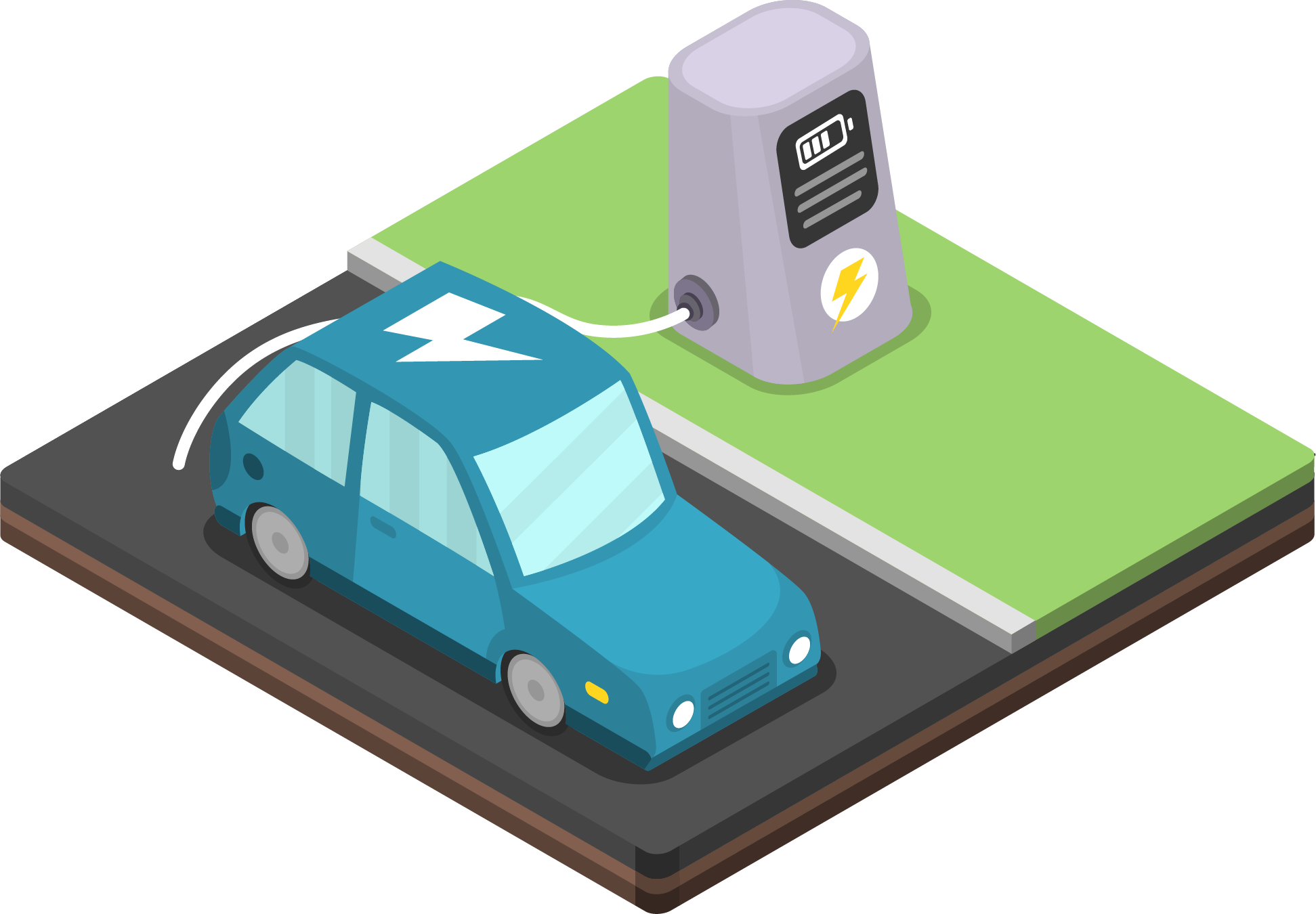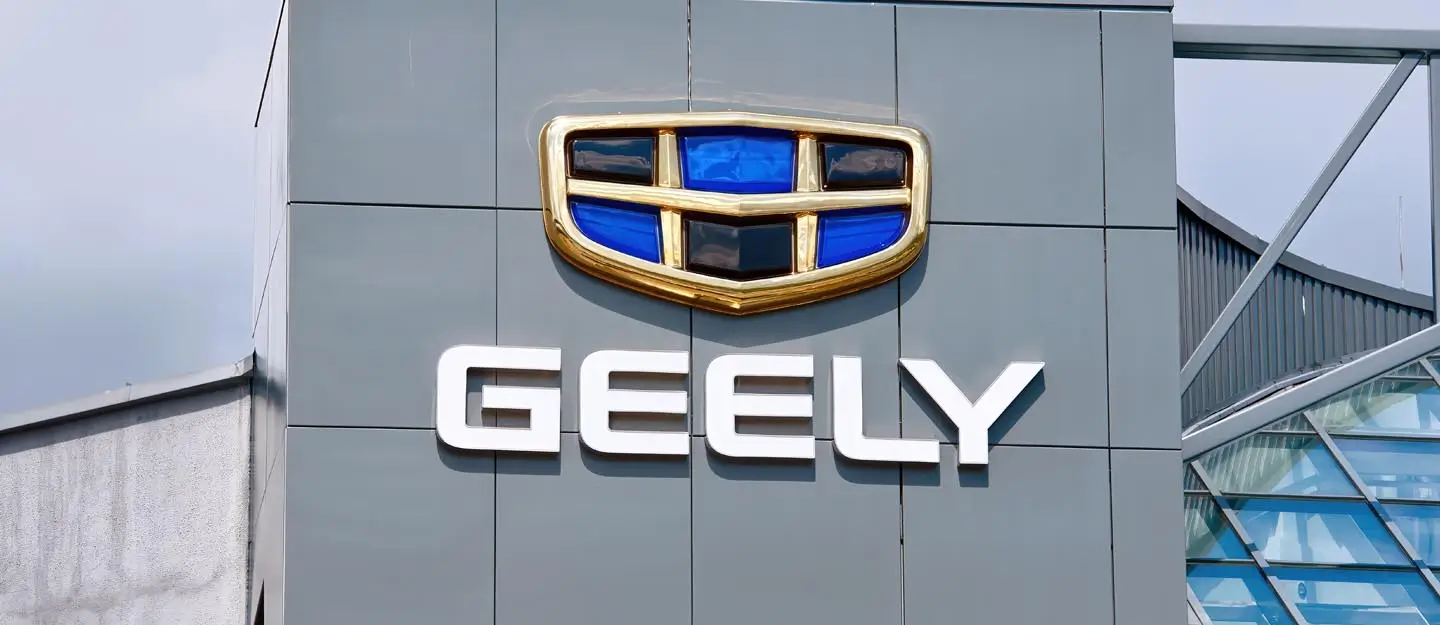Trends to Watch in the Auto Industry This Year (PDF)
Most industries will have to digest inflation, higher interest rates, supply chain problems, economic nationalism, the war in Ukraine, and a possible recession in 2023. The auto industry, however, will face a few challenges this year: bitter for dealerships, energizing for automakers, and anxiety-provoking for electric vehicle enthusiasts.
As we look ahead to 2023, three converging issues may have significant implications for the automotive sector. Automakers and dealerships are at odds over direct sales, unbundling of vehicle options could be a potential source of revenue, and there is an ongoing need for EV charging infrastructure. This presents opportunities for mergers and acquisitions in the industry as well as changes in how marketing dollars are deployed.
Subscription
One approach to generating subscription revenue is to unbundle vehicle features into subscriptions. This idea has already encountered resistance from the industry. The New Jersey state legislature proposed a bill in September prohibiting automakers, dealers, and third-party partners from charging subscriptions for vehicle features that have already been installed in the vehicle and can function without ongoing costs.
By bundling vehicle and ownership costs into a monthly subscription, Genesis, Jaguar Land Rover, Kia, Nissan, Porsche and Volvo are all part of the CaaS, market, another way of how to generate subscription revenue.
Direct sales
In the U.S., Tesla skirted dealer franchise laws to sell directly to consumers, making it profitable. It is expected that Ford Motor Company and BMW will also introduce direct sales in the U.S. This could result in the transformation of America’s 18,666 new-car dealers into service centers, as well as a shift in advertising expenditures of billions of dollars.
Infrastructure
In order to scale beyond affluent, single-family homes, automakers selling electric vehicles must provide enough charging infrastructure. Dealerships might be able to help.

The Edison Electric Institute, a trade group for the power industry, anticipates that by 2030 there will be 26.4 million electric vehicles in the U.S., accounting for around 10 percent of America’s light-duty vehicles. Although only 1% of the 250 million cars on roads today are EVs, the organization estimates 12.9 million charge ports will be required by 2030 – 17% of these should be public and the rest private. Currently, there are 140,000 public ports, but the Biden White House pledges to provide 500,000 in 10 years, which is significantly lower than the 2,193,000 suggested by Edison Electric Institute.
Using daisy chains and software, level 2 charging ports in apartment buildings, airports, parking garages, and public transportation depots are likely to charge multiple cars at the same time, prioritizing vehicles based on their usage.
A public charging network that generates subscribers and recurring revenue from charge-ups is also expected to continue to be invested in by automakers. According to General Motors, 90 percent of Americans live within 10 miles of a GM dealership, which is why the company wants to work with its dealers to install 40,000 chargers in their communities.




